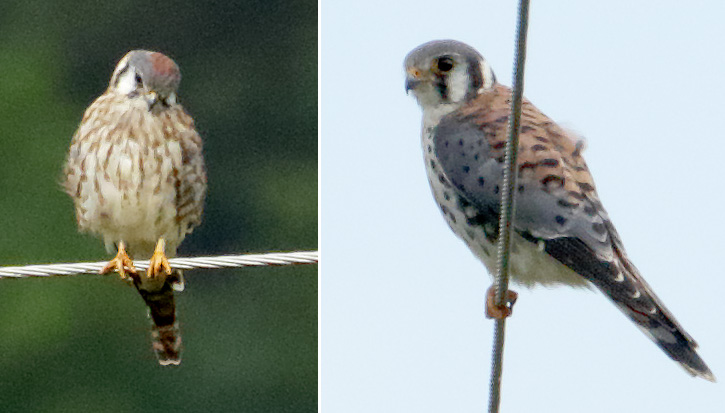
Female and male American Kestrels
August 25 is the approximate start date for migrating warblers to move through central Virginia in good numbers. A front coming from the northwest on August 23/24 brought in cooler and drier weather, and I hoped for migrating warblers as well. Warblers tend to migrate during the night, and often form flocks of mixed species.
Walt Childs and I did some birding along country farm roads in the Shenandoah Valley in Augusta County, and made our way north into Rockingham County before entering Skyline Drive from Route 33. We saw a good mix of avian species including six American Kestrels, but my favorite part of the morning was watching young Barn Swallows screaming to be fed.

Female and male American Kestrels

Immature Barn Swallow

Immature Barn Swallow
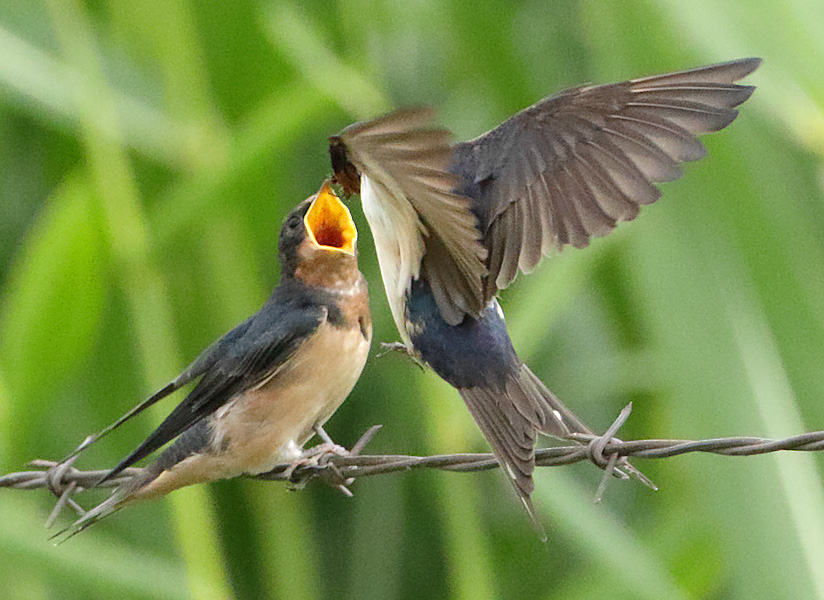
Immature and adult Barn Swallows
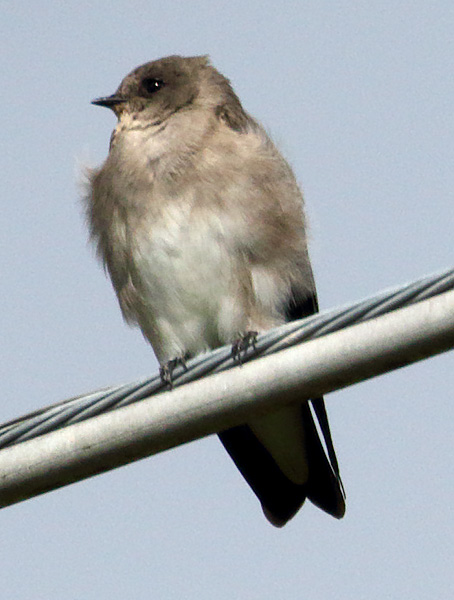
Northern Rough-winged Swallow

Wood Duck
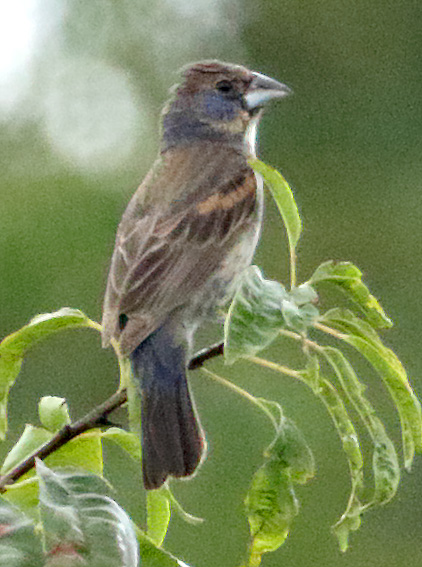
Blue Grosbeak
We drove north on Skyline Drive to Pocosin Cabin, and as we hiked towards the cabin, we heard and saw very few birds. But once we got to the cabin, we encountered a mixed flock of warblers and other avian species, including seven warbler species. Most of them were far from the trail and in dense tree cover, but I was able to get photos of all of them except for a Canada Warbler. We saw 19 avian species at Pocosin Cabin, and that brought our trip count to 46 avian species.
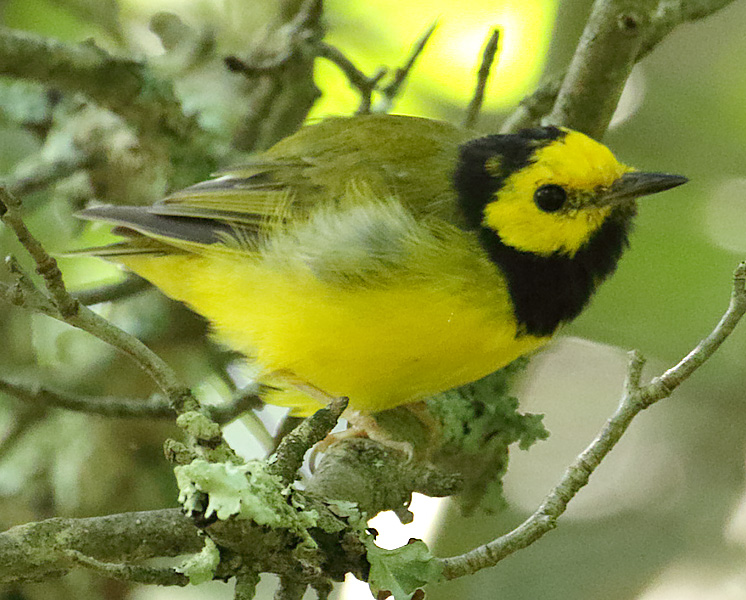
Hooded Warbler
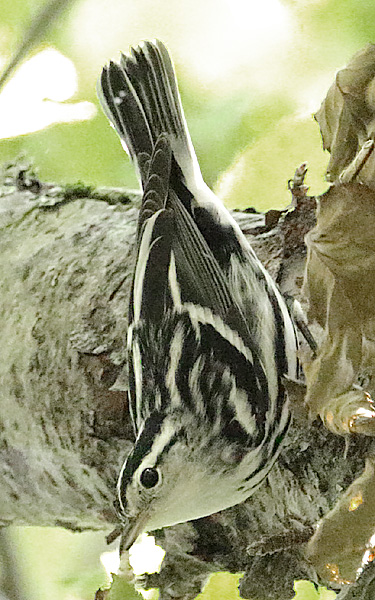
Black and White Warbler
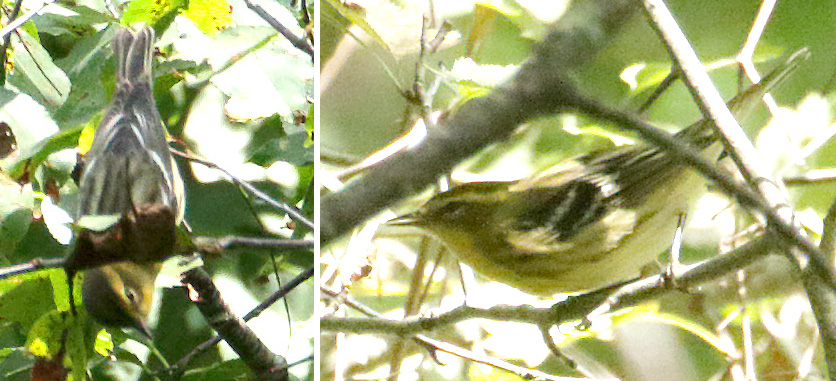
Blackburnian Warblers
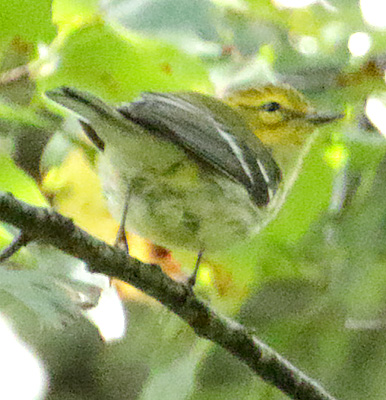
Black-throated Green Warbler
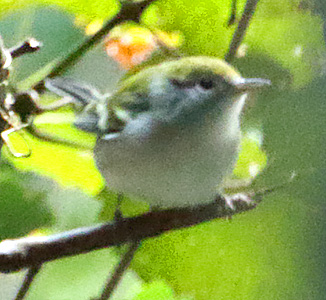
Chestnut-sided Warbler
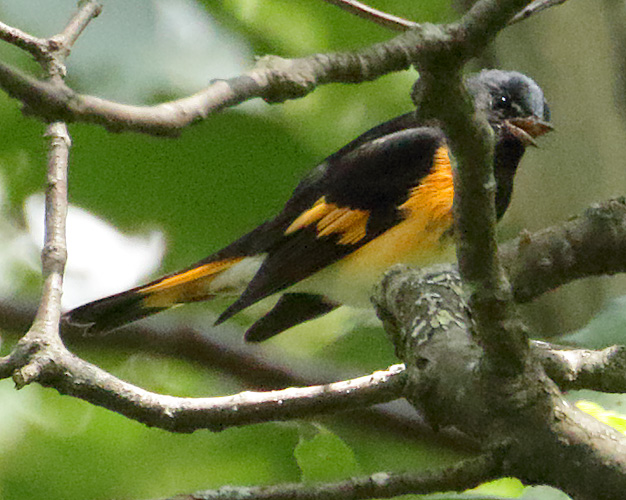
American Redstart
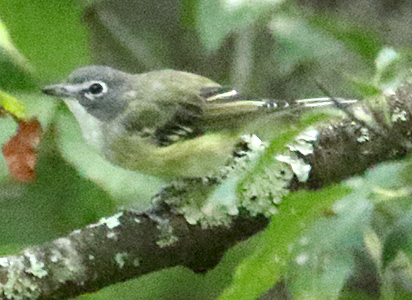
Blue-headed Vireo
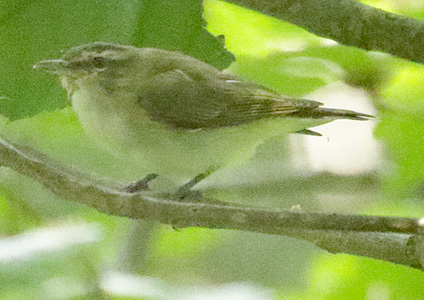
Red-eyed Vireo
I was eager to see if there were warblers on the Blue Ridge Parkway, so I went there this morning, entered at mm. 0, and then exited around mm.2 and drove along parallel Route 610. Near to the abandoned tower, I found another mixed flock of warblers, vireos, and other species.
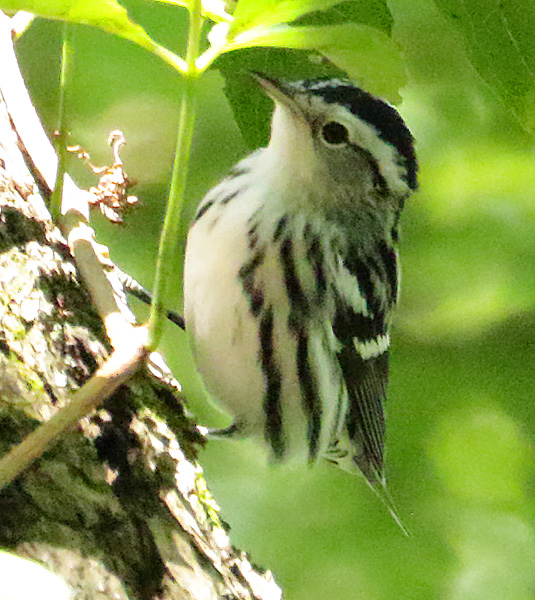
Black and White Warbler
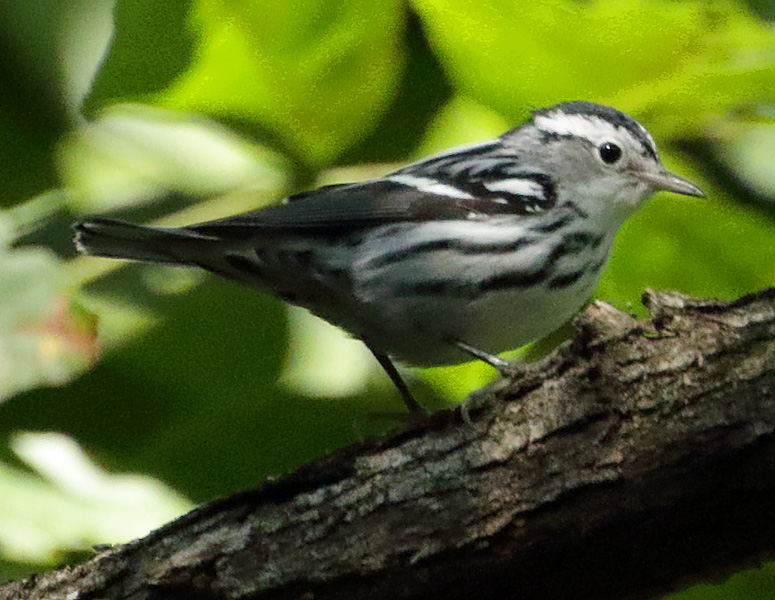
Black and White Warbler
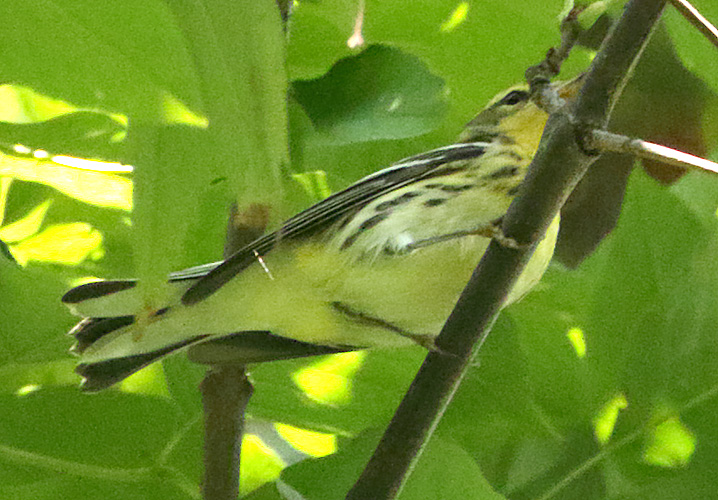
Blackburnian Warblers
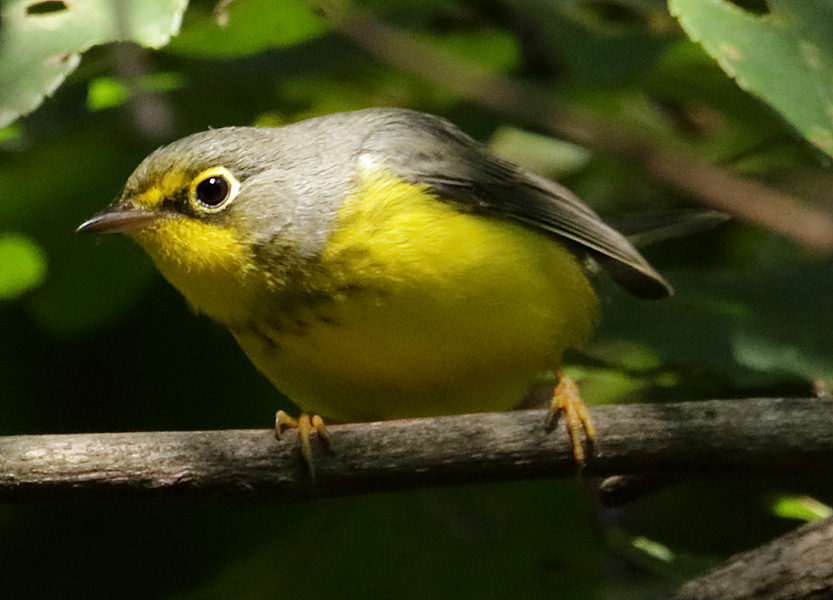
Canada Warbler
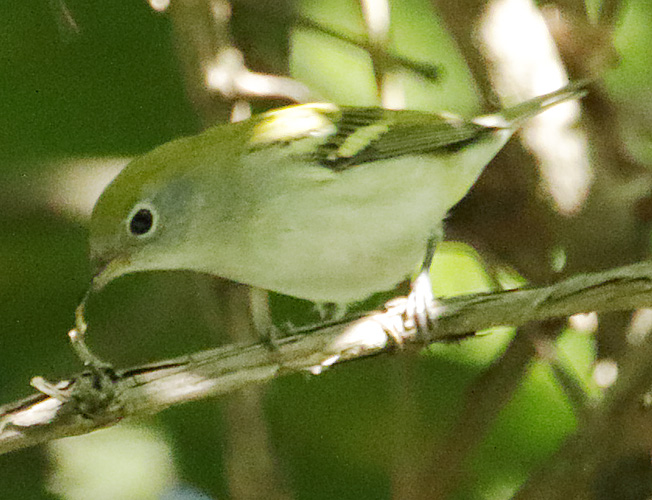
Chestnut-sided Warbler
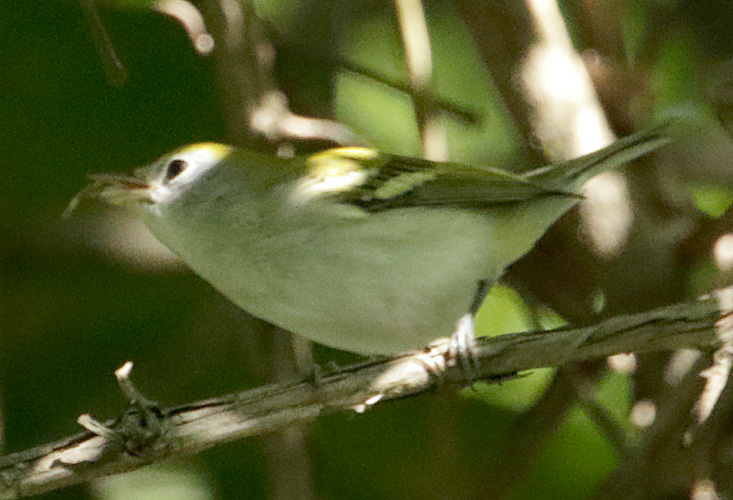
Chestnut-sided Warbler
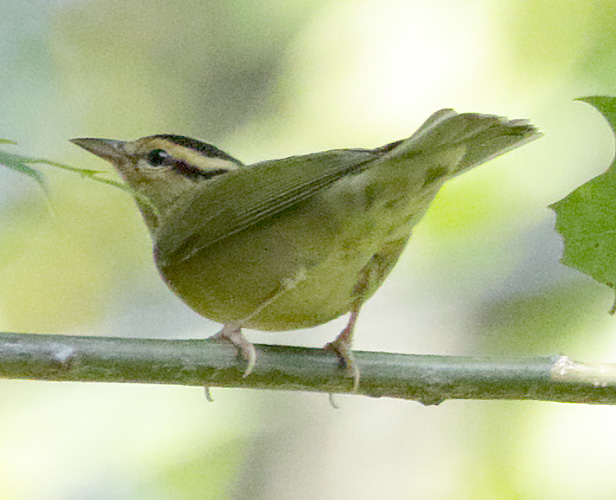
Worm-eating Warbler

Yellow-throated Vireo
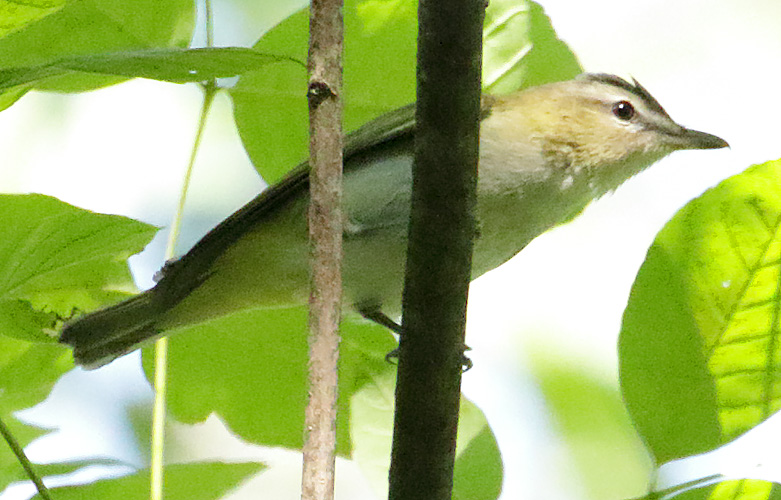
Red-eyed Vireo

Scarlet Tanager

Blue-gray Gnatcatcher
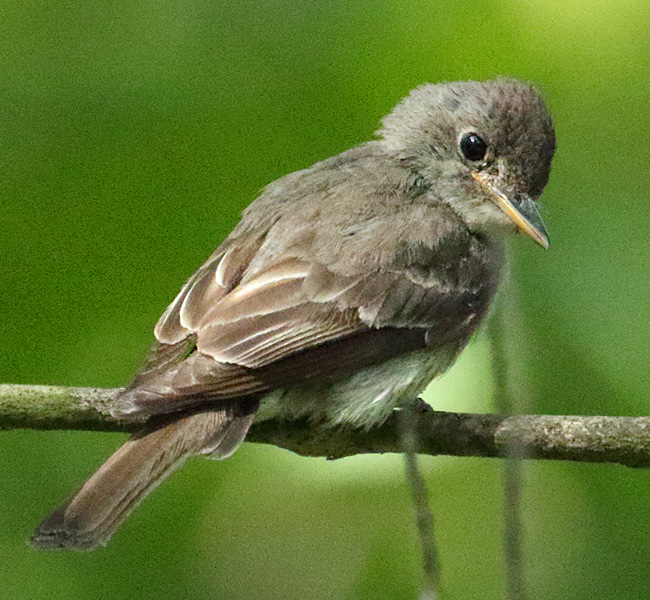
Eastern Wood-Pewee
A Red-shouldered Hawk was hiding on the forest floor nearby.
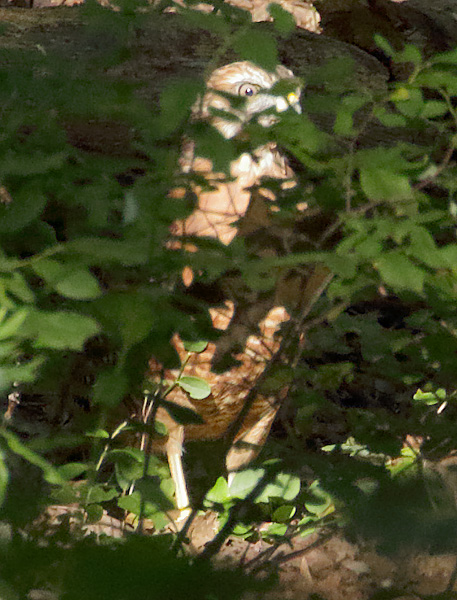
Red-shouldered Hawk
I re-entered the paryway near mm 4, and stopped at my favorite warbler sites on the first 12 miles of the parkway, but did not see any more warblers. I then drove to Ridgeview Park in Waynesboro, but saw only a few woodland species there. I ended the day's birding with a hike along Lickinghole Creek to the reservoir to look for migrating shore birds, but the vegetation was so dense that I could not see the gravel bar where shorebirds are often seen.

Carolina Wren

Green Herons
I saw a pale blue damselfly there, and think that it might be a Blue-tipped Dancer.

Damselfly